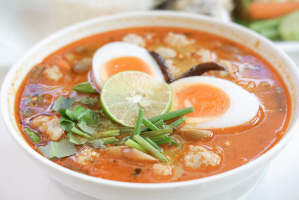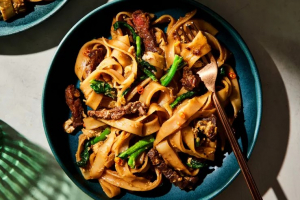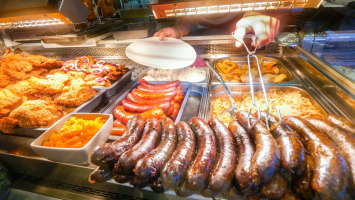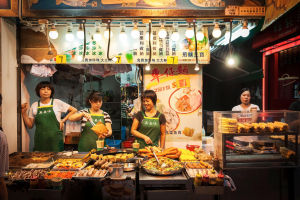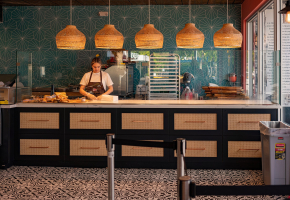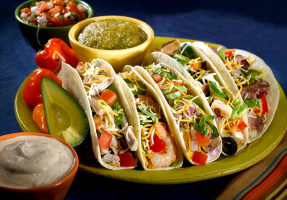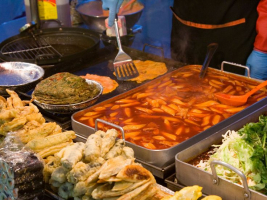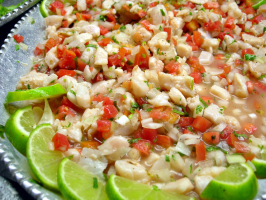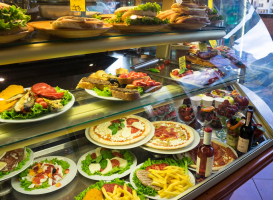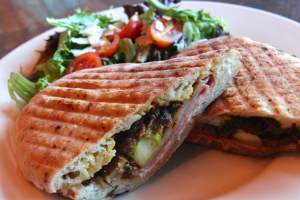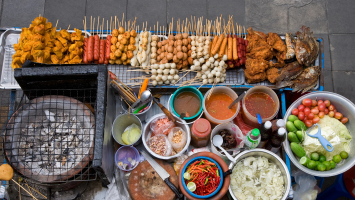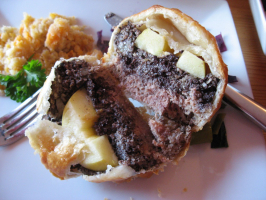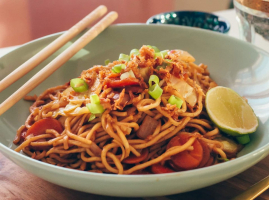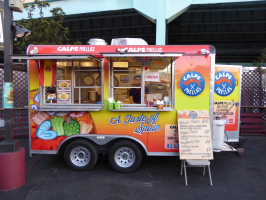Top 10 Best Colombian Street Foods
Let's indulge in a gastronomic journey and discover the lively street food culture of Colombia. With our exclusive picks of the best Colombian street food, ... read more...chosen by Toplist's team of experts, your taste buds will be treated to a delightful experience, showcasing the wide array of flavors this beautiful city has to offer.
-
Arepas are a staple in Colombian cuisine and a must-try street food. These cornmeal patties are grilled or fried to perfection and can be filled with a variety of delicious fillings such as cheese, meat, avocado, or even eggs.
The history and origin of Arepas can be traced back to pre-Columbian times in South America. They were originally made by grinding maize at home to create a dough-like consistency. However, in the 1950s, a Venezuelan engineer named Luis Caballero Mejías invented precooked arepa flour, which quickly gained popularity.
Arepas are not only popular in Colombia but also in Venezuela, Bolivia, Ecuador, Nicaragua, and Panama. Each country has its own variation of arepas, with different sizes, maize types, and added ingredients. In Colombia, for example, arepas are typically made with white cornmeal and are served with a variety of fillings. In Venezuela, on the other hand, yellow cornmeal is used, and arepas are often fried in oil.
Today, Arepas have become a beloved food not only in Latin America but also around the world. They can be found in many restaurants and are often served at parties and social events. The versatility of arepas allows for creative fillings and flavor combinations, leading to the development of innovative dishes such as arepas stuffed with pulled pork or topped with avocado and salsa.
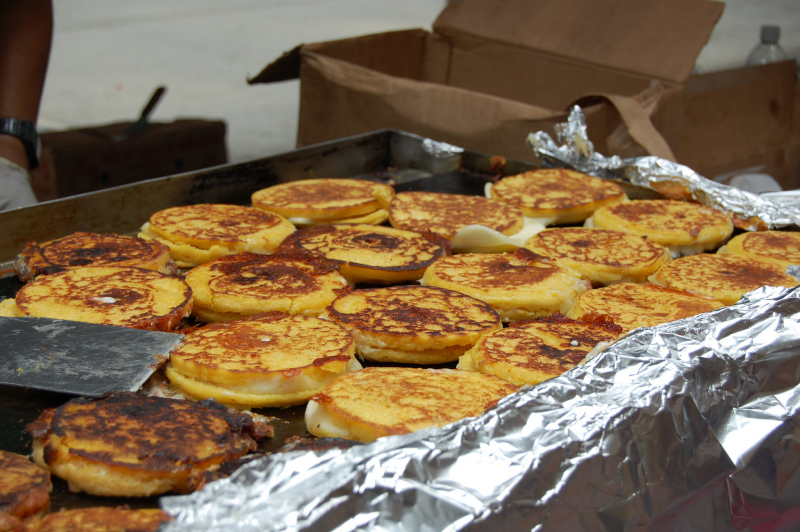
flickr.com 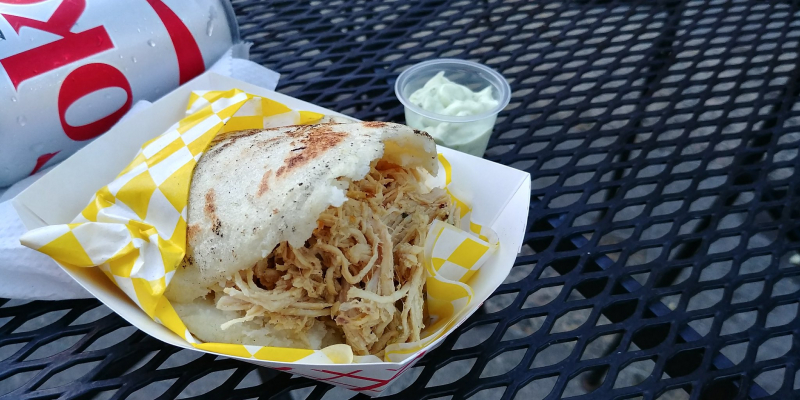
flickr.com -
Papas Rellenas are stuffed potato balls that are typically filled with a savory mixture of meat, onions, and spices. They are then breaded and deep-fried to create a crispy exterior and a soft, flavorful center.
The process of making Papas Rellenas begins by boiling potatoes until they are tender. Once cooked, the potatoes are mashed and seasoned with salt and pepper. The mashed potato mixture is then formed into balls, creating a hollow center. The filling, often a combination of ground meat, onions, garlic, and spices, is placed inside the hollowed-out portion of the potato ball. The filling is carefully sealed, ensuring that it is completely enclosed within the potato.
To achieve a crispy outer layer, the potato balls are coated in breadcrumbs or flour before being deep-fried until golden brown. The result is a delightful contrast of textures, with a crunchy exterior complementing the flavorful and moist interior.
While the traditional filling consists of ground meat, onions, and spices, numerous variations of Papas Rellenas cater to different preferences and dietary restrictions. Some recipes incorporate vegetarian fillings, substituting the meat with vegetables, cheese, or even lentils. These variations allow individuals to enjoy the dish regardless of their dietary choices.

flickr.com 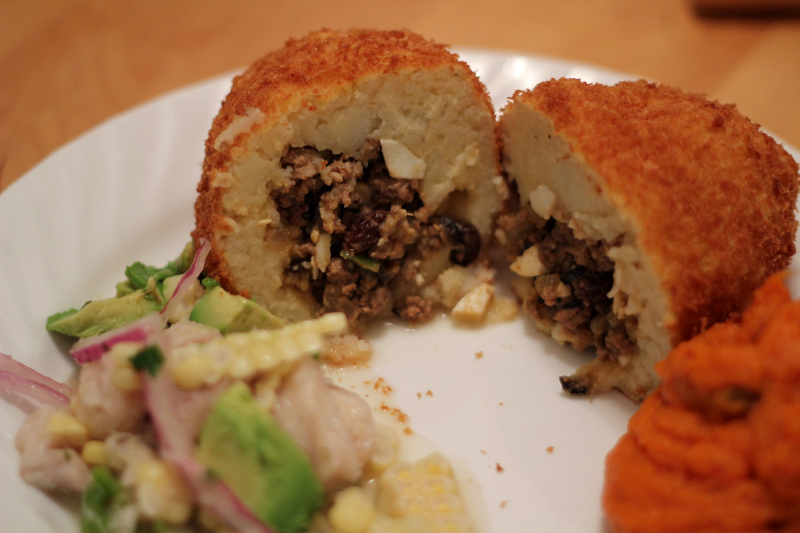
flickr.com -
Ajiaco is a hearty Colombian soup made with chicken, potatoes, corn, and a variety of herbs and spices. It is a comforting and filling street food that is perfect for those chilly days.
Ajiaco's star ingredient is chicken. The chicken is simmered with onions, garlic, and a blend of herbs and spices to create a flavorful broth. Papas criollas, small and creamy, sabanera potatoes, starchy and breaking down during cooking, and regular potatoes, more intact and providing a textural contrast, are three types of potatoes traditionally used in the soup.
Ajiaco also contains corn, specifically cobbed corn variety, which adds a hint of sweetness and more texture to the dish as it cooks. Depending on personal preferences and regional variations, some versions of Ajiaco can also include other vegetables like peas or carrots.
Guascas, a native mountain herb with a unique flavor, is one of the key ingredients that gives Ajiaco its distinct taste. Guascas provide an aromatic note to the soup, with flavors reminiscent of bay leaf, catnip, and parsley. It adds a layer of depth to the dish and is an essential component of its traditional recipe.
The preparation and enjoyment of Ajiaco go beyond its culinary aspects. It holds cultural significance and is often associated with family gatherings and celebrations. It is a dish that brings people together, fostering a sense of comfort, warmth, and community.
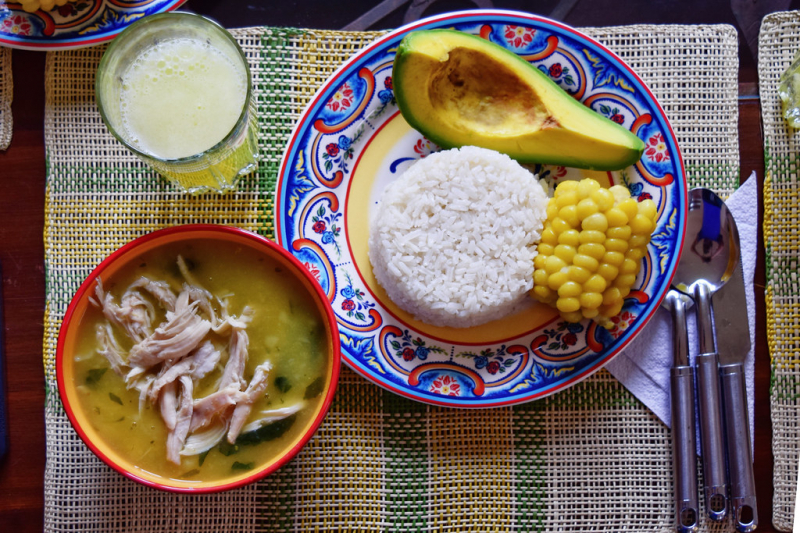
flickr.com 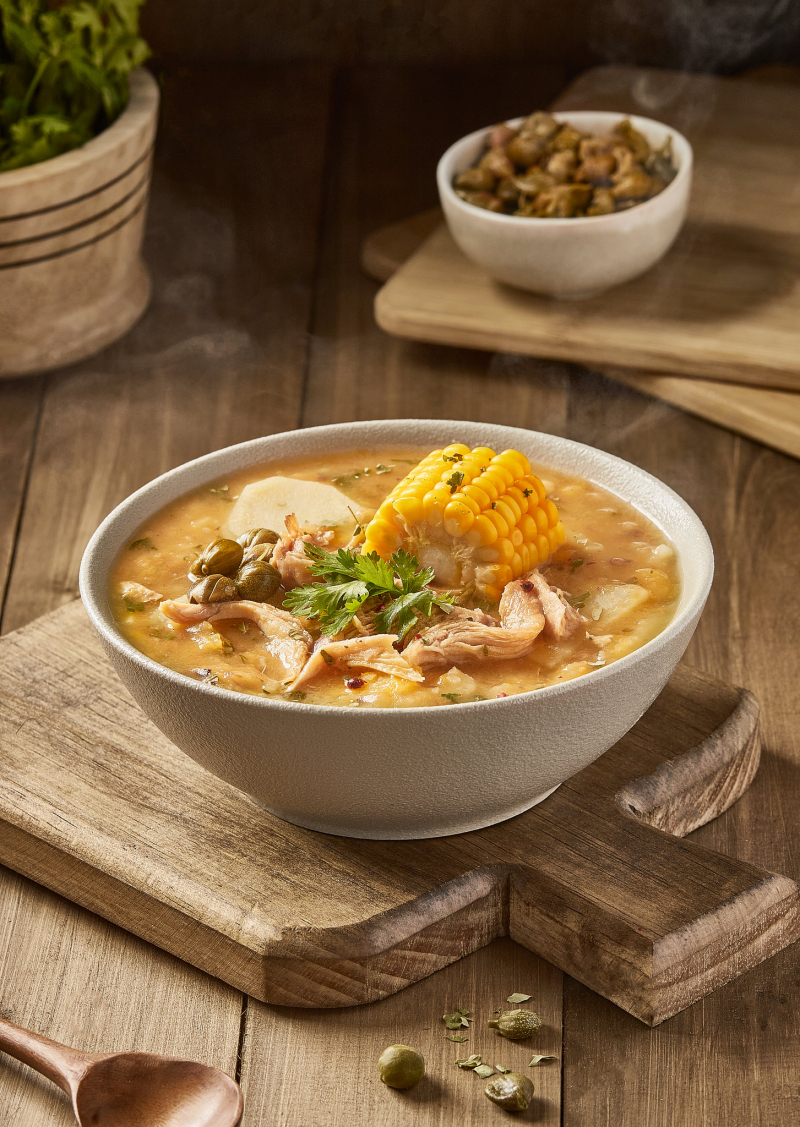
flickr.com -
Pandebono is a popular Colombian street food that is made with yuca flour and cheese. These small, round bread rolls have a slightly sweet and salty flavor and are often enjoyed as a quick breakfast or snack.
The exact origins of Pandebono are uncertain, but it is believed to have originated in the Cauca Valley region of Colombia. The region is known for its fertile land and agrarian culture, making it a hub for cultivating cassava, one of the staple ingredients of pandebono. The cheese used in pandebono can vary, but it is typically a soft, salty cheese such as queso fresco or mozzarella.
The preparation of Pandebono begins with the yuca flour. Yuca, also known as cassava, is a starchy root vegetable that is widely cultivated in Latin America and used in various dishes. The yuca flour is mixed with cheese, eggs, butter, and sometimes milk to create a soft and elastic dough. The dough is then shaped into small balls, which are baked until they have a golden-brown crust and a fluffy interior.
The combination of yuca flour and cheese gives Pandebono its unique texture and flavor. The yuca flour provides a chewy consistency, while the cheese adds a savory element. The slight sweetness of pandebono comes from the addition of sugar or honey, which balances out the savory flavors.
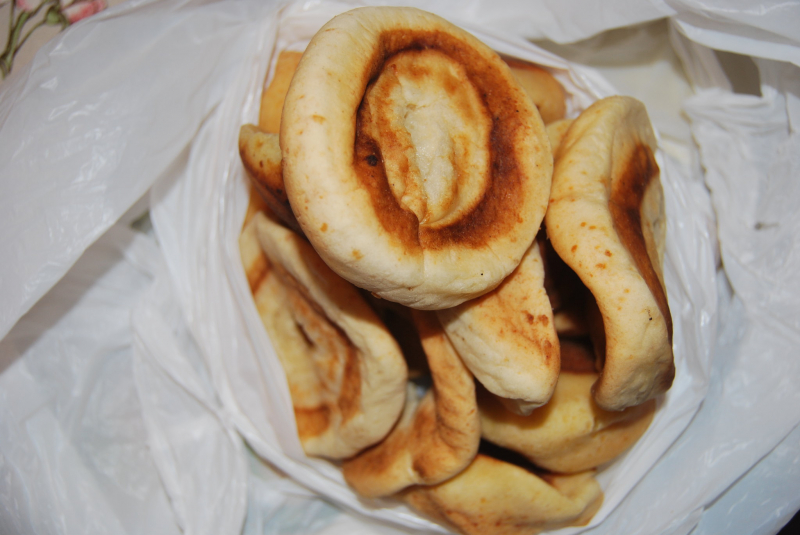
flickr.com 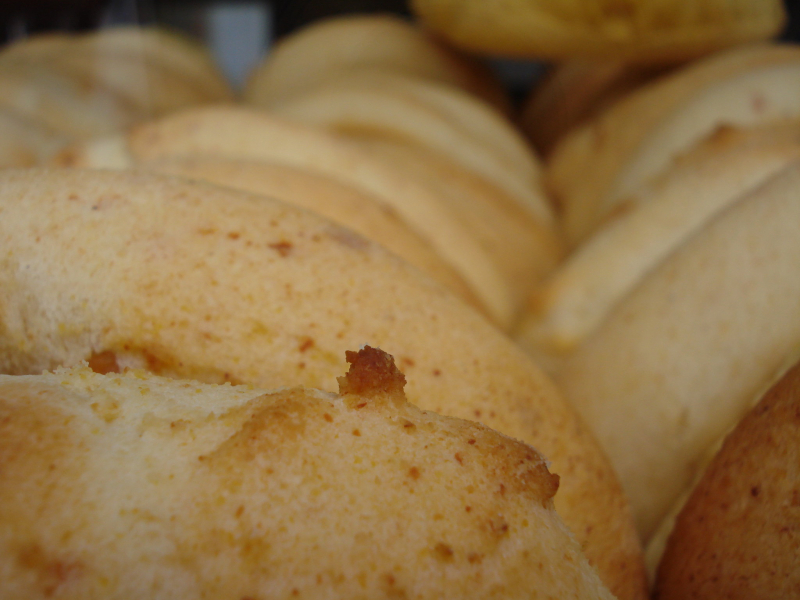
flickr.com -
Obleas, a delightful and light dessert option, are thin wafers made from cornstarch that are enjoyed throughout Colombia and other countries in Latin America. These delicacies are typically filled with a variety of delicious, sweet toppings that add a burst of flavor. One popular choice is arequipe, a caramel-like spread also known as dulce de leche. The creamy and rich recipe pairs perfectly with the crispy texture of the Obleas.
In addition to arequipe, Obleas can be filled with grated cheese, creating a unique combination of sweet and savory flavors. The grated cheese adds a contrasting element to the sweetness of the wafer, resulting in a delectable treat that surprises and delights the taste buds.
For those who prefer a fruity twist, Obleas can also be filled with jams or fresh fruit. The tanginess of the fruit or the sweetness of the jam complements the subtle corn flavor of the wafer.
Obleas are often sold by street vendors in Colombia, particularly in busy markets and fairs. These vendors skillfully assemble the Obleas by layering the thin wafers and generously spreading the chosen fillings between them. The final product is a perfectly balanced dessert that can be enjoyed on the go or as a special treat.
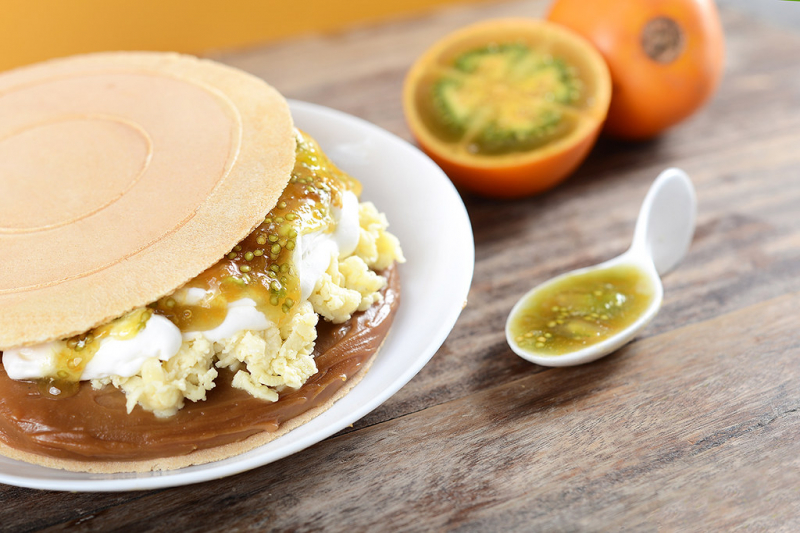
flickr.com 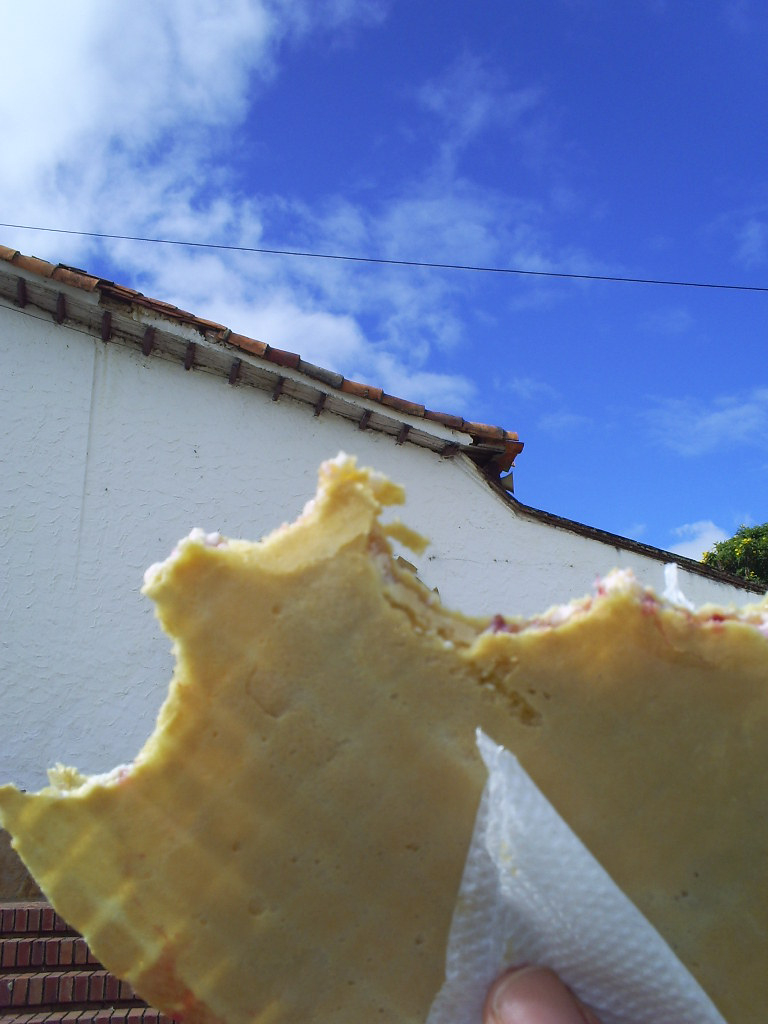
flickr.com -
Buñuelos are a traditional Latin American dessert that has been enjoyed for generations. These delectable treats are made from a combination of yuca flour and cheese, which gives them a unique texture and flavor that is truly irresistible.
The process of making Buñuelos is a labor of love, as the dough is carefully crafted and shaped into small balls before being deep-fried to perfection. The result is a crispy, golden exterior that gives way to a soft, cheesy interior that simply melts in your mouth.
One of the best things about Buñuelos is that they are incredibly versatile and can be enjoyed as a sweet or savory dish. While many people enjoy them as a dessert, they can also be served alongside a savory meal as a delicious side dish.
These delightful treats are particularly popular during the holiday season when families and friends gather together to celebrate and indulge in their favorite foods. Whether you are enjoying them as a traditional holiday treat or simply as a sweet snack any time of the year, Buñuelos are a wonderful way to experience the rich flavors and cultural heritage of Latin America.
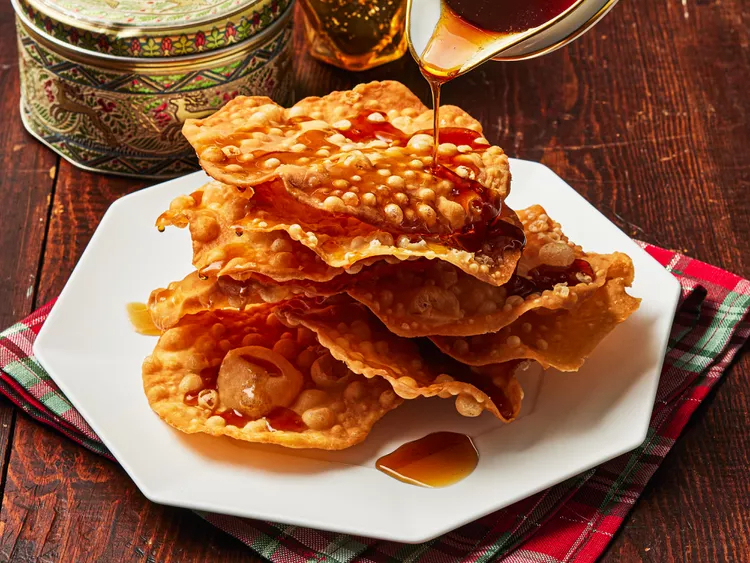
seriouseats.com 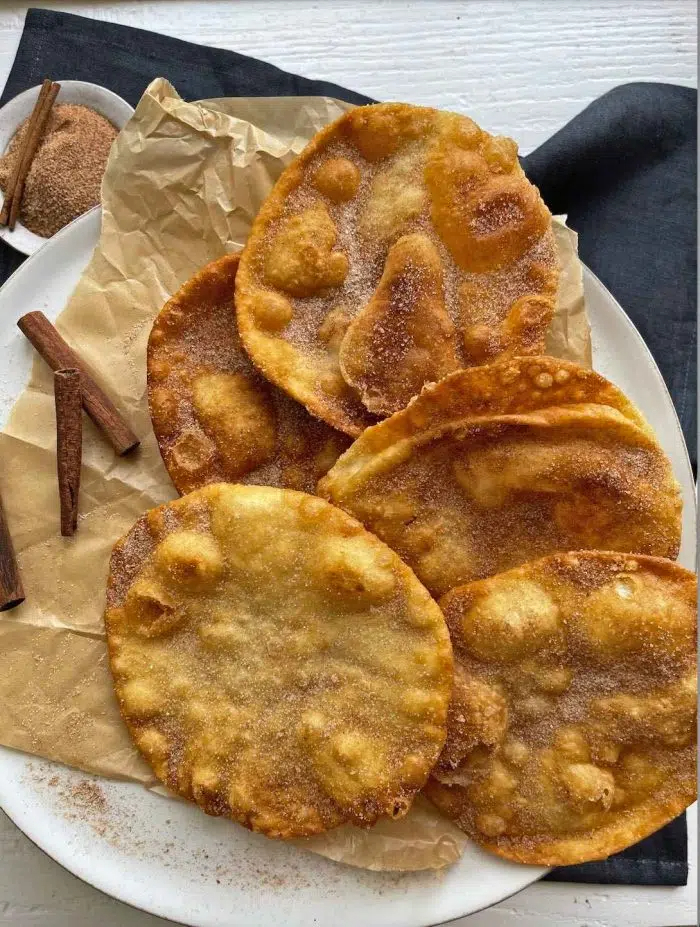
familiakitchen.com -
Limonada de Coco is a delightful and refreshing beverage that combines the zesty tanginess of fresh-squeezed lime juice with the creamy richness of coconut milk. This tropical concoction is the perfect thirst quencher on a hot day, transporting you to a paradisiacal beachfront with its delightful flavor combination.
To prepare this invigorating drink, you will need a few simple ingredients. The key components are fresh lime juice, creamy coconut milk, and sugar to balance the flavors. The lime juice provides a bright and citrusy element, while the coconut milk adds a luscious creaminess that complements the acidity of the lime. The sugar adds a touch of sweetness, enhancing the overall taste of the beverage.
Preparing Limonada de Coco is quite straightforward. Begin by juicing fresh limes to extract their vibrant and tangy juice. In a blender, combine the freshly squeezed lime juice with coconut milk and sugar. Blend the mixture until everything is well combined and the sugar has dissolved.
Once blended, the Limonada de Coco can be served as-is over ice, or for a more invigorating experience, it can be chilled in the refrigerator for a while to allow the flavors to meld together. Some variations of this recipe also call for the addition of crushed ice or even blending with ice cubes to make a frozen version of the drink, giving it a slushy and refreshing texture.
When serving, you can garnish the Limonada de Coco with a sprig of mint or a slice of lime to add a visually appealing touch. The vibrant green of the lime and the creamy white of the coconut milk creates an aesthetically pleasing contrast.
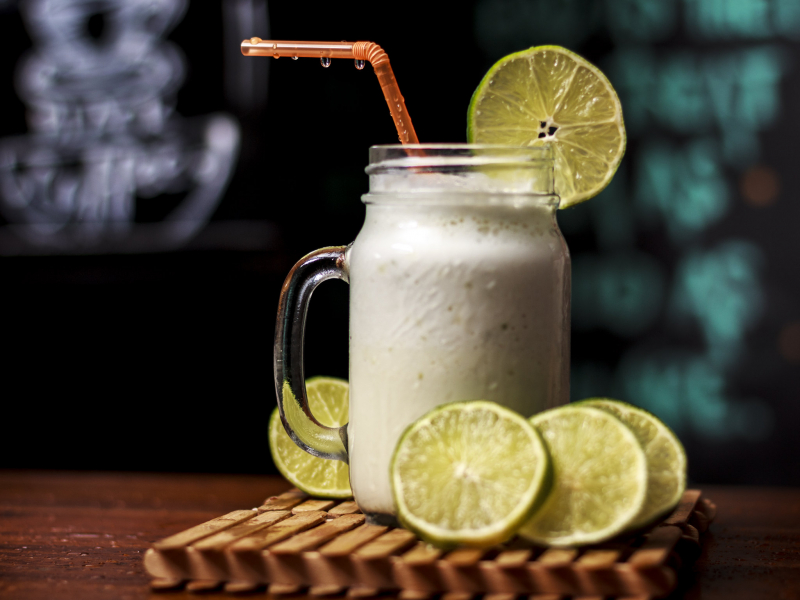
flickr.com 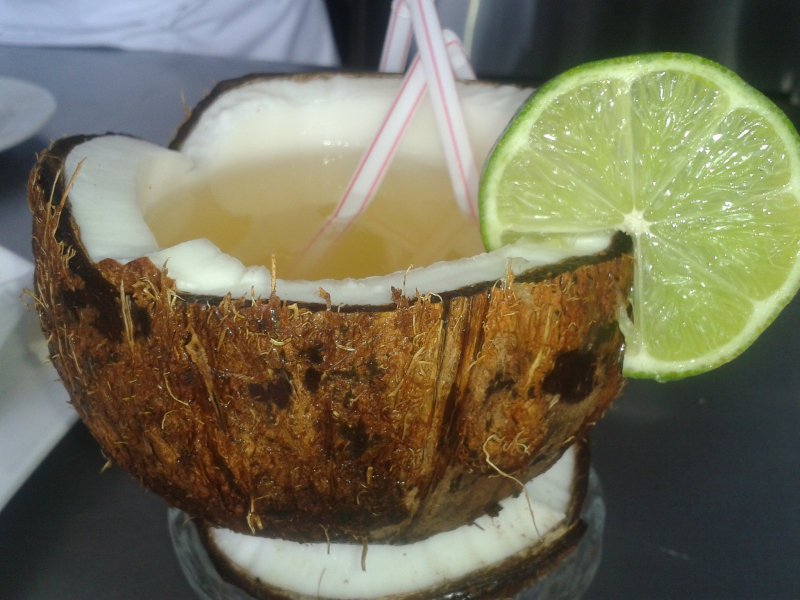
flickr.com -
For adventurous food enthusiasts looking to expand their culinary horizons, Hormigas Culoñas, or big-bottomed ants, are a unique and intriguing delicacy that is worth a try. These large black ants, also known as Atta laevigata, are toasted, seasoned, and enjoyed as a crunchy and protein-packed snack.
Hormigas Culoñas are particularly popular in the Santander region of Colombia, where they have been harvested and consumed for generations. These edible insects are typically harvested during the rainy season in April and May, when they are most abundant. The process of collecting these ants involves carefully navigating their intricate colonies and carefully selecting the largest and most mature specimens.
Once collected, the ants are then washed and cleaned to remove any dirt or debris. They are then gently toasted to enhance their crispiness and bring out their unique flavors. The toasting process also helps remove any residual moisture, ensuring a longer shelf life for the ants. After toasting, the Hormigas Culoñas are seasoned with salt or other spices to add a burst of flavor.
The taste of Hormigas Culoñas is often described as a combination of nutty and tangy flavors, with a hint of citrus. The texture is crisp and crunchy, similar to other roasted insects. These ants are not only a unique culinary experience but also a great source of protein and are low in saturated fat, making them a nutritious snack option.
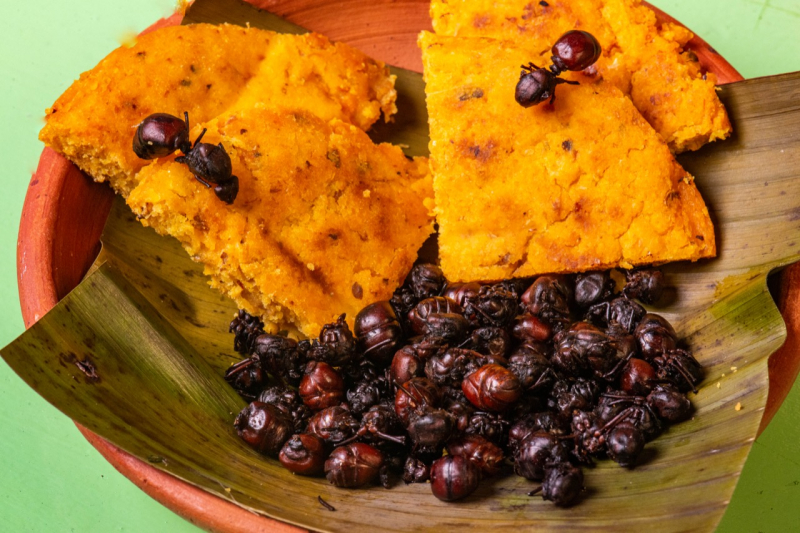
radionacional.co 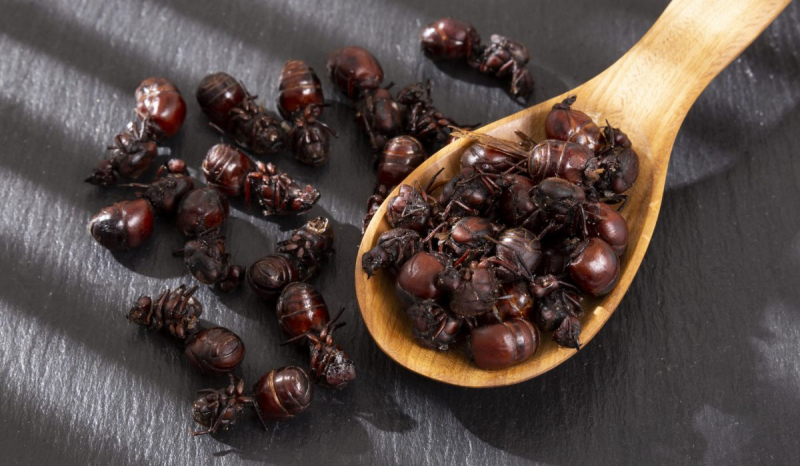
regiones.prisamedia.co -
Salchipapa is a beloved street food dish in Colombia that holds a special place in the hearts of many Colombians. The combination of crispy French fries (papas) and juicy sliced sausages (salchicha) creates a mouthwatering experience that satisfies both cravings for savory and crunchy flavors.
Salchipapa is often enjoyed as a quick and indulgent treat, perfect for satisfying hunger on the go. It can be found in food stalls and carts across Colombia, particularly in bustling urban areas and at festivals or fairs. The dish is known for its simplicity yet rich and comforting flavors.
To prepare Salchipapa, the potatoes are first cut into thick strips and deep-fried until golden and crispy. They are then seasoned with salt, giving them a delectable savory taste. The sausages, usually made from beef or a combination of meats, are sliced into bite-sized pieces and cooked separately until they are cooked through and slightly browned.
Once both components are cooked, they are combined on a plate, creating a delicious mosaic of flavors and textures. Some variations of Salchipapa involve the addition of other ingredients such as grilled onions, tomatoes, or bell peppers. This adds a burst of freshness and additional dimensions of taste to the dish.
What truly elevates the dish are the toppings and condiments that accompany it. It is common to find a variety of sauces served with Salchipapa, including ketchup, mayonnaise, mustard, salsa rosada (a pink sauce), and aji (a spicy salsa). These condiments allow each person to customize their Salchipapa to their preferred taste, whether it be tangy, creamy, or spicy.

bonviveur.es 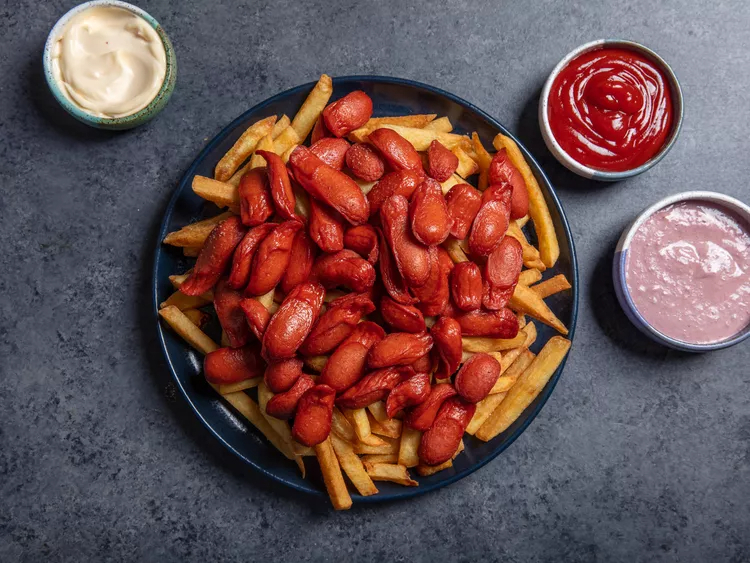
seriouseats.com -
Salpicón is a delightful and refreshing dish that originates from the region of the Colombian Andes. It is made by combining chopped or shredded meat, typically beef, with a medley of flavorful ingredients including onions, tomatoes, cilantro, lime juice, and various seasonings. The result is a harmonious blend of flavors that excites the taste buds and satisfies the appetite.
The preparation of Salpicón begins with cooking the beef until it is tender and easy to shred or chop. The meat is then combined with finely diced onions, juicy tomatoes, aromatic cilantro, and a generous squeeze of fresh lime juice. This combination of ingredients creates a vibrant and zesty flavor profile.
To enhance the taste even further, additional seasonings such as salt, pepper, and spices like cumin or paprika may be added according to personal preferences and regional variations. These seasonings add depth and complexity to the dish, elevating its overall taste.
Salpicón is a versatile dish that can be served in various ways. One popular serving option is a salad, where the flavorful mixture of beef and ingredients is served atop a bed of crisp lettuce or mixed greens. The refreshing nature of salpicón makes it an ideal appetizer or light meal during warm weather.
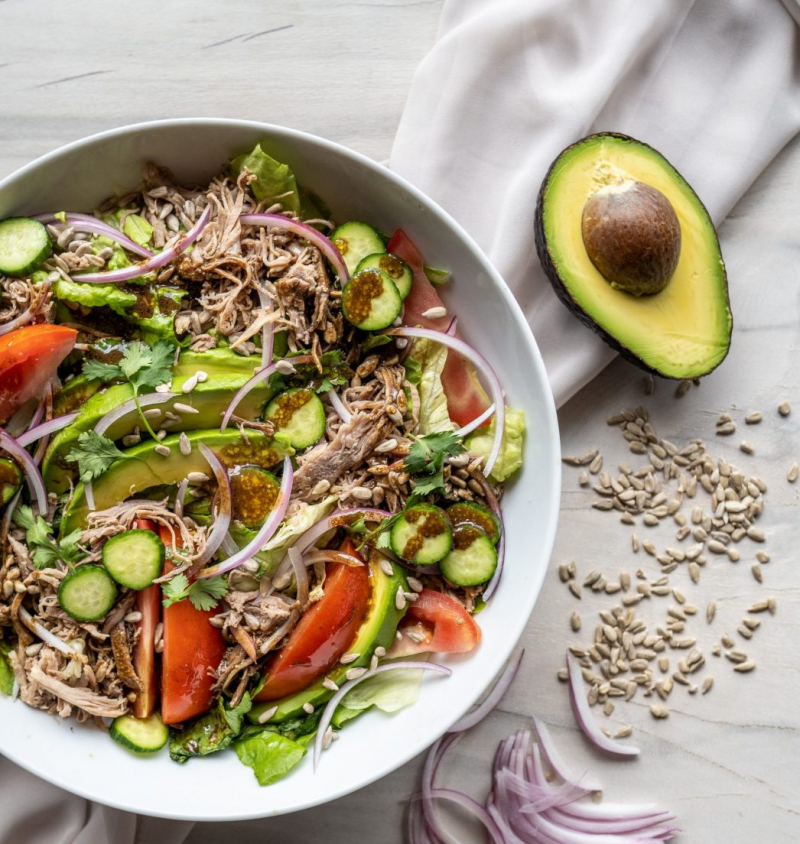
instantstore.blog 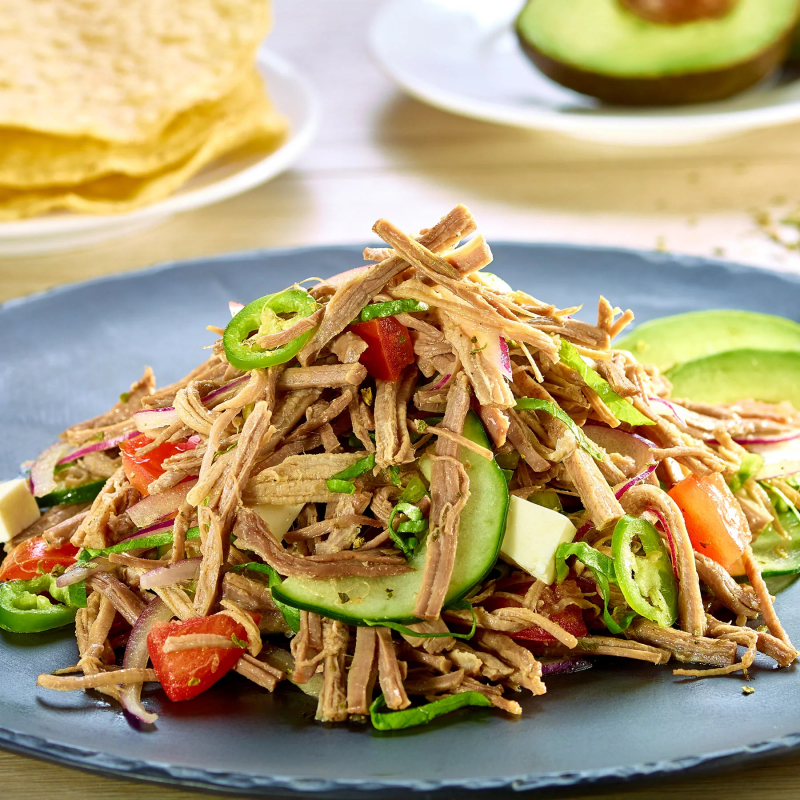
wildfork.mx












